Technology and mathematics have long been intertwined, each driving advancements in the other. This symbiotic relationship has given rise to numerous innovations and continues to shape our modern world. In this article, we’ll delve into the various ways mathematics underpins technology, from data science to cryptography, and explore how this relationship has evolved over time.
Mathematics in Data Science

Data science is a field that relies heavily on mathematical principles. At its core, data science involves collecting, analyzing, and interpreting large sets of data to make informed decisions. The mathematical foundations of data science include statistics, linear algebra, and calculus.
Statistical Analysis
Statistics play a crucial role in data science. Techniques such as regression analysis, hypothesis testing, and probability distributions are used to draw meaningful insights from data. These methods help data scientists identify patterns, make predictions, and inform business strategies.
In practice, regression analysis helps in understanding relationships between variables, which can be pivotal in fields like marketing and finance. Hypothesis testing enables data scientists to make decisions based on data rather than assumptions. Probability distributions assist in modeling uncertainties and making probabilistic predictions, which are critical for risk management.
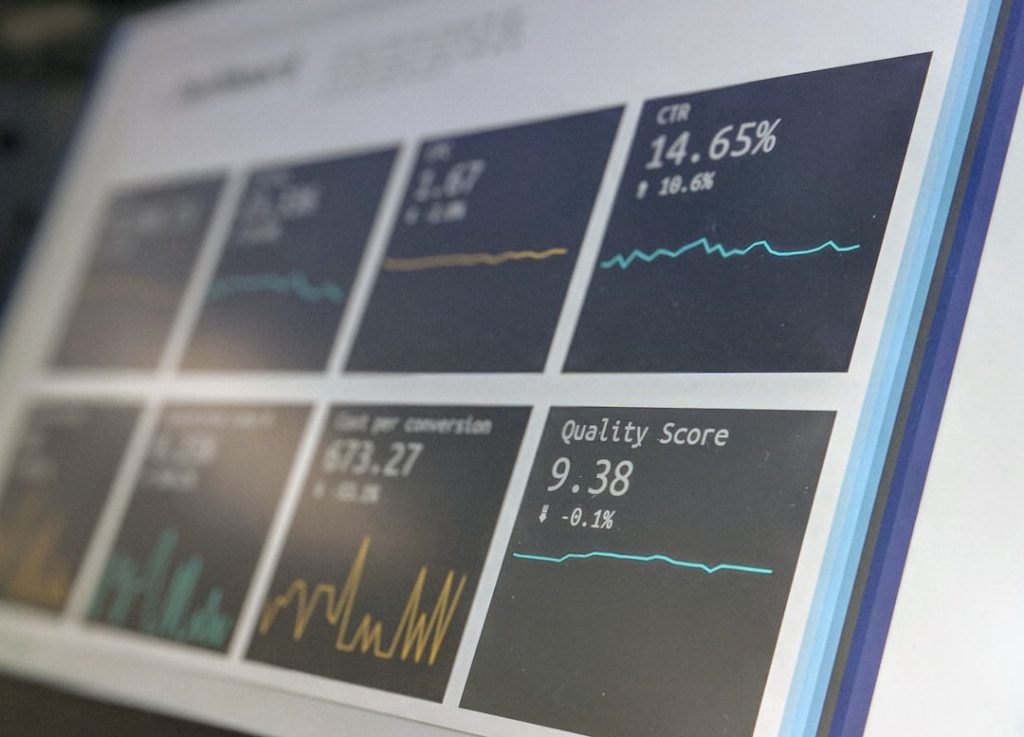
Linear Algebra and Machine Learning
Linear algebra is another essential component of data science, particularly in machine learning. Algorithms like support vector machines, principal component analysis, and neural networks rely on linear algebra to function. Understanding vectors, matrices, and eigenvalues is vital for developing and improving machine learning models.
Support vector machines use hyperplanes to classify data points, a concept rooted in linear algebra. Principal component analysis helps in reducing the dimensionality of data, making it easier to visualize and process. Neural networks, which mimic the human brain, require matrix operations for tasks such as image and speech recognition.

Calculus in Optimization
Calculus is fundamental for optimization in data science. Optimization techniques such as gradient descent are used to minimize errors in machine learning models. By understanding derivatives and integrals, data scientists can fine-tune algorithms to achieve better performance.
Gradient descent helps in finding the minimum of a function, which is essential for training models. Calculus also aids in understanding the behavior of functions, which can lead to more efficient algorithms. These techniques are crucial for tasks like hyperparameter tuning and convergence analysis.

Mathematics in Cryptography
Cryptography, the science of securing communication, is deeply rooted in mathematics. It uses complex mathematical algorithms to encrypt and decrypt information, ensuring data privacy and security.
Number Theory
Number theory, a branch of pure mathematics, is fundamental to cryptography. Concepts such as prime numbers, modular arithmetic, and Euler’s theorem are used to create cryptographic algorithms like RSA (Rivest-Shamir-Adleman). These algorithms form the backbone of secure online communication, from banking transactions to personal emails.
Prime numbers are used in generating keys, which are essential for encryption and decryption. Modular arithmetic helps in creating functions that are easy to compute but hard to reverse, providing security. Euler’s theorem is used in RSA to encrypt and decrypt messages, ensuring that only the intended recipient can read the information.

Elliptic Curve Cryptography (ECC)
Elliptic Curve Cryptography (ECC) is a more recent development in the field. It leverages the properties of elliptic curves over finite fields to create secure and efficient cryptographic keys. ECC provides the same level of security as traditional methods but with shorter key lengths, making it ideal for devices with limited processing power.
ECC is used in various applications, including secure communications and digital signatures. Its efficiency makes it suitable for mobile devices and IoT applications. The shorter key lengths reduce computational overhead, making ECC a popular choice for modern cryptographic systems.
Cryptographic Protocols
Cryptographic protocols ensure secure communication over networks. Protocols like SSL/TLS and SSH use mathematical algorithms to encrypt data in transit. These protocols are essential for securing online transactions and protecting sensitive information.
SSL/TLS provides a secure channel for data transmission over the internet, ensuring privacy and data integrity. SSH is used for secure remote login and file transfers, protecting against eavesdropping and tampering. Both protocols rely on cryptographic algorithms to provide security.

Mathematical Modeling

Mathematical modeling involves using mathematical equations and simulations to represent real-world systems. This technique is widely used in engineering, finance, biology, and environmental science to predict behavior and optimize processes.
Engineering Applications
In engineering, mathematical modeling is used to design and analyze systems. For example, fluid dynamics models help engineers understand how liquids and gases behave in different environments. Structural models ensure buildings and bridges can withstand various forces, such as wind and earthquakes.
Fluid dynamics models are used in designing aircraft and automobiles to improve aerodynamics. Structural models help in analyzing the stability of buildings and bridges under different load conditions. These models are essential for ensuring the safety and efficiency of engineering designs.
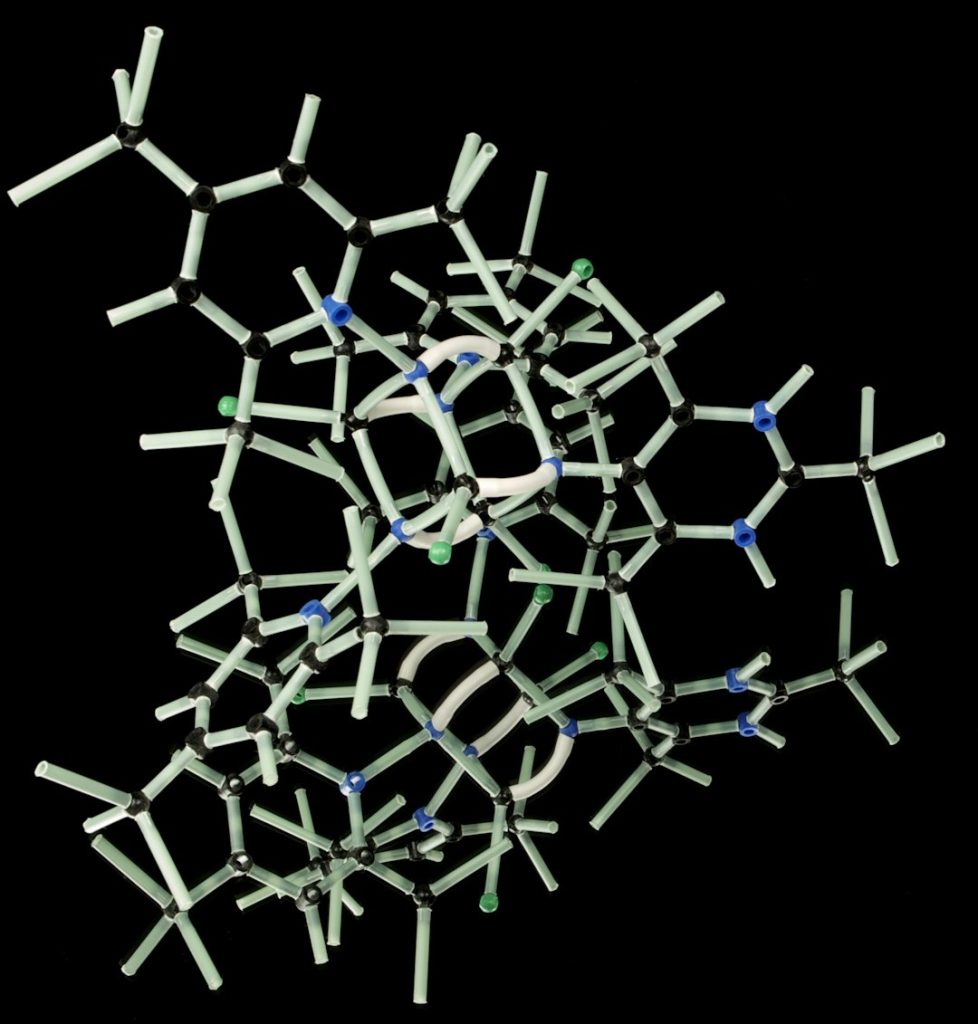
Financial Modeling
Financial modeling uses mathematical equations to represent the performance of financial assets and portfolios. Techniques like Monte Carlo simulations and Black-Scholes models help investors and analysts make informed decisions about risk and return.
Monte Carlo simulations use random sampling to model the probability of different outcomes, which is useful for risk assessment. The Black-Scholes model is used to price options, helping investors make decisions about buying and selling derivatives. These techniques are crucial for managing financial risk and optimizing investment strategies.
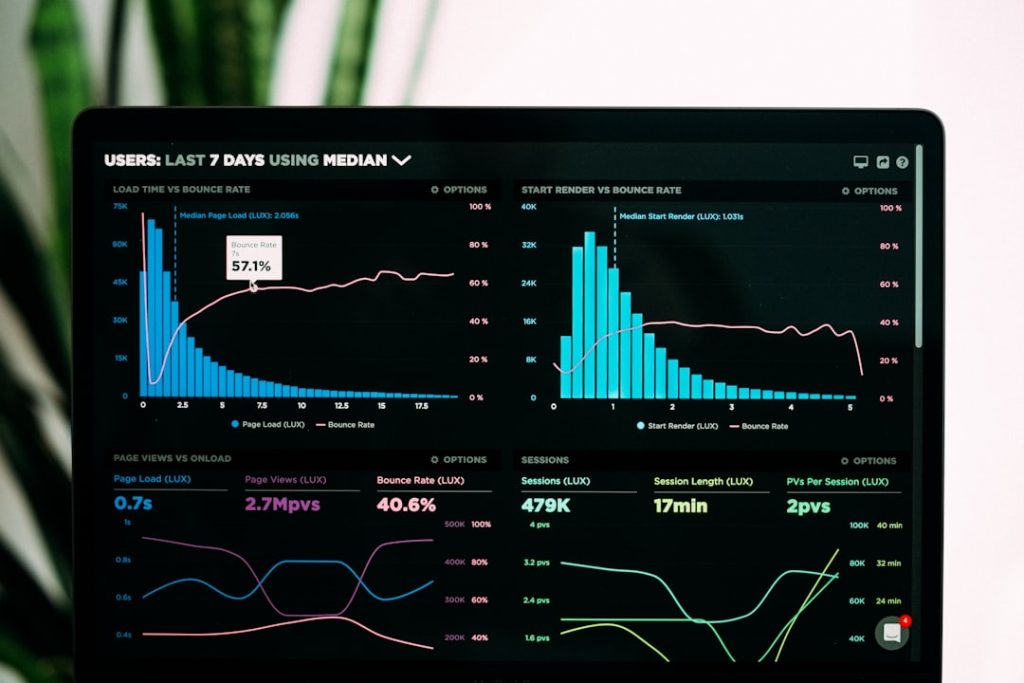
Biological and Environmental Modeling
Mathematical modeling is also applied in biology and environmental science. Models of population dynamics help in understanding the growth and decline of species. Environmental models predict the impact of human activities on ecosystems and climate change.
Population dynamics models are used in conservation biology to manage endangered species. Environmental models help in assessing the impact of pollution and climate change on natural resources. These models provide valuable insights for making informed decisions about conservation and sustainability.
Mathematics in Engineering
Engineering is another field where mathematics is indispensable. From electrical to civil engineering, mathematical principles are applied to solve complex problems and innovate new solutions.
Electrical Engineering
In electrical engineering, mathematics is used to design and analyze circuits, control systems, and communication networks. Calculus and differential equations help engineers understand how electrical signals change over time, while linear algebra is used in signal processing and telecommunications.
Calculus helps in analyzing the behavior of electrical circuits over time, which is essential for designing stable systems. Differential equations are used to model the behavior of electrical components, such as capacitors and inductors. Linear algebra is used in signal processing to analyze and filter signals, which is crucial for telecommunications.
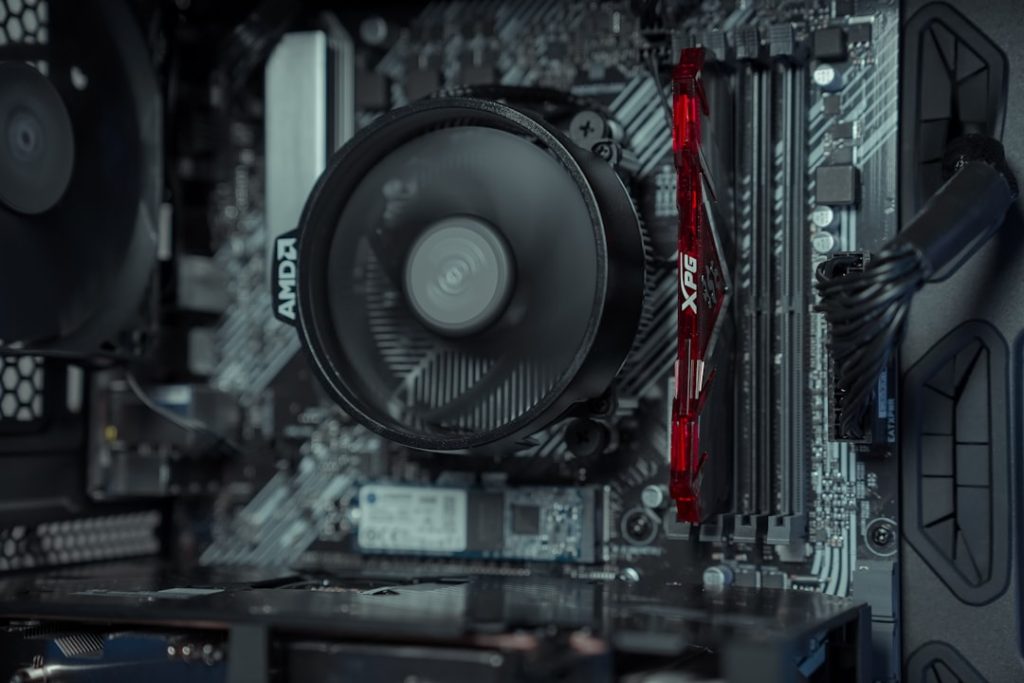
Civil Engineering
Civil engineers use mathematics to design and construct infrastructure projects like roads, bridges, and dams. Geometry and trigonometry are essential for surveying land and determining the best placement for structures. Statistics help engineers assess the reliability and safety of their designs.
Geometry is used in designing the layout of roads and bridges, ensuring efficient traffic flow. Trigonometry helps in determining the angles and distances in surveying, which is crucial for accurate construction. Statistics are used to analyze data from material tests and ensure the safety and durability of structures.

Mechanical Engineering
Mechanical engineers apply mathematical principles to design and analyze machines and mechanical systems. Thermodynamics and fluid mechanics are used to understand heat and fluid flow. Kinematics and dynamics help in analyzing the motion of mechanical systems.
Thermodynamics is used in designing engines and HVAC systems, ensuring efficient energy use. Fluid mechanics is essential for designing pumps and turbines, which are used in various industrial applications. Kinematics and dynamics help in analyzing the movement of mechanical parts, which is crucial for designing efficient machines.

Historical Intertwining
The relationship between technology and mathematics is not a recent phenomenon. Throughout history, mathematical discoveries have driven technological advancements and vice versa.
Ancient Innovations
In ancient civilizations, mathematics was used to develop technologies like the wheel, the plow, and irrigation systems. The Egyptians used geometry to build the pyramids, while the Greeks made significant contributions to mathematics and engineering.
The wheel and the plow were revolutionary technologies that transformed agriculture and transportation. Geometry was used by the Egyptians to design and construct the pyramids with precise measurements. The Greeks made advancements in mathematics, which laid the foundation for modern engineering and technology.

The Industrial Revolution
During the Industrial Revolution, mathematical principles were applied to develop new machinery and manufacturing processes. Calculus, discovered by Isaac Newton and Gottfried Wilhelm Leibniz, played a crucial role in the development of steam engines and other innovations.
Calculus was used to analyze the motion and forces in steam engines, leading to more efficient designs. The Industrial Revolution saw the development of machinery that transformed manufacturing, transportation, and communication. These advancements were driven by mathematical principles and laid the foundation for modern technology.

Modern Technological Advancements
In the modern era, mathematics continues to drive technological advancements. The development of computers, the internet, and space exploration are all rooted in mathematical principles. Algorithms and mathematical models are essential for innovations in various fields.
Computers use binary arithmetic and algorithms to perform calculations and process data. The internet relies on mathematical protocols for data transmission and encryption. Space exploration uses mathematical models to navigate and explore the cosmos, pushing the boundaries of human knowledge.

Math Education and Technology
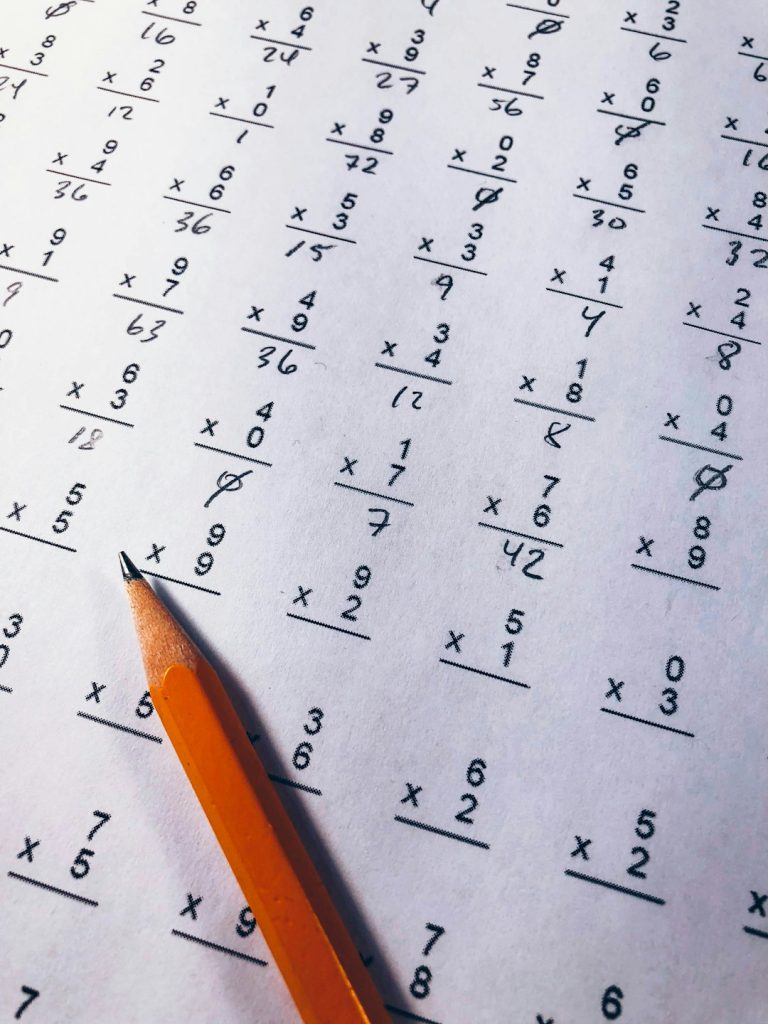
The integration of technology into math education has transformed how students learn and engage with mathematical concepts.
Digital Tools and Resources
Digital tools like graphing calculators, interactive software, and online tutorials provide students with new ways to explore and understand mathematics. These resources make it easier to visualize complex concepts and practice problem-solving skills.
Graphing calculators allow students to visualize functions and analyze their behavior. Interactive software provides hands-on learning experiences, helping students understand abstract concepts. Online tutorials offer additional practice and support, making math education more accessible and engaging.

Online Learning Platforms
Online learning platforms offer courses in various mathematical disciplines, making education more accessible to people worldwide. Websites like Khan Academy and Coursera provide high-quality math instruction for students of all ages and skill levels.
Khan Academy offers free courses and practice exercises in math, making education accessible to everyone. Coursera provides courses from top universities, allowing students to learn from experts in the field. These platforms offer flexible learning options, enabling students to learn at their own pace.

Interactive Learning Environments
Interactive learning environments use technology to create engaging and immersive math experiences. Virtual labs and simulations allow students to experiment with mathematical concepts in a controlled environment. These tools enhance understanding and retention.
Virtual labs provide hands-on experiences, helping students understand the practical applications of math. Simulations allow students to explore complex systems and see the effects of different variables. These interactive environments make learning math more engaging and effective.
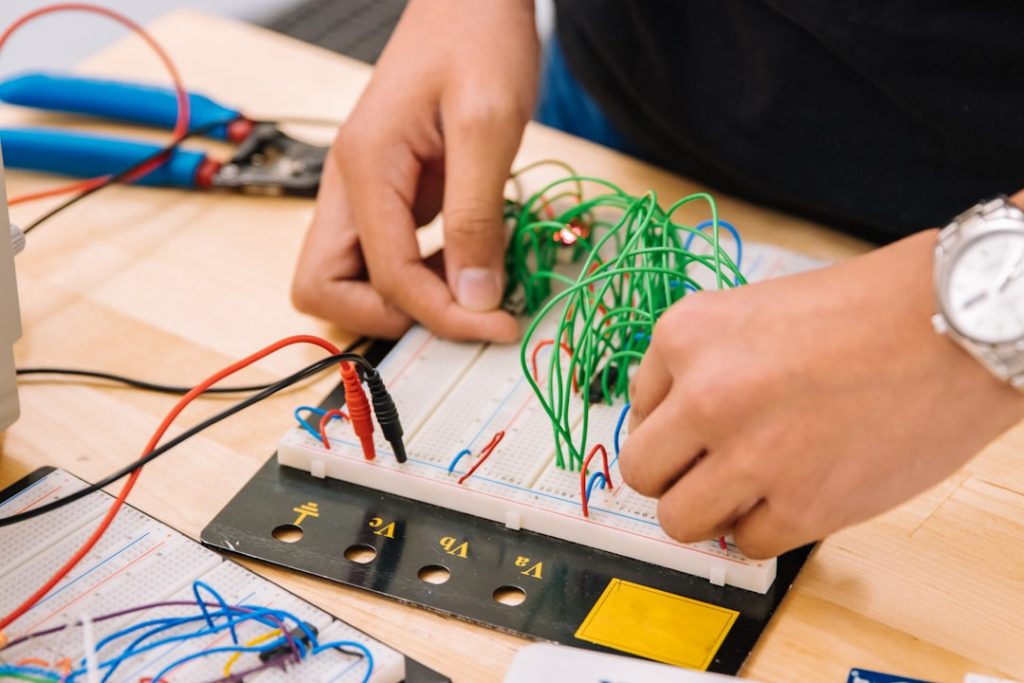
Math-Based Career Paths
A strong foundation in mathematics opens the door to numerous career opportunities in technology and other fields.
